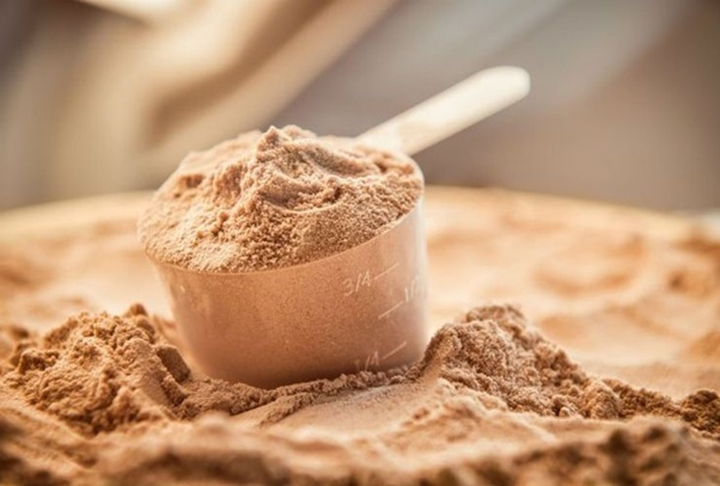Different types of beers come with many distinctive tastes. This highly depends on the type of yeast used in the beer making. The yeast plays a significant role in delivering the final flavour and aroma of the beer, making it a vital ingredient in the brewing process.
Each type of yeast strain has something unique to offer. Brewers yeast in the form of powder is one of the several different types that is widely used in beer making and comes with its own unique fermentation characteristics and benefits. As such, it is a highly popular ingredient in the brewing process. Here’s what you need to know before you purchase brewers yeast powder for beer making.
What’s a Brewers Yeast Powder?

It’s a yeast derived from strains specifically cultivated for brewing alcohol. It’s a dry form which helps the fermentation in the production of beer. Here’s how that works.
We know that beer is made from malt. When we extract the liquid from the malted grains, the wort (the extracted liquid) contains fermentable sugars. These sugars need to be converted into alcohol and carbon dioxide in order to produce a beer. Well, a brewers yeast helps the conversion of fermentable sugars into alcohol and CO2.
However, there is still confusion about brewers yeast powder and instant dry yeast. People wonder if brewers yeast is the same as instant dry yeast. Both types require Saccharomyces cerevisiae for the process to happen. However, they do not come from the same strain. They come from two different yeast strains, hence, they deliver different flavours to the beer.
Types of Brewers Yeast for Beer Making

There are several different varieties of brewing yeast and the type you choose will depend on the beer profile you’re striving for.
Ale Yeast
Ale yeast is derived from the strain Saccharomyces cerevisiae. This type of yeast thrives at warmer temperatures, typically ranging between 15°C and 24°C. Because of their ability to produce a wide range of flavours and due to their fruity esters and spicy phenols, ale strains are used for the production of ales, porters, stouts and other top-fermented beers.
Lager Yeast
Just like ale, lager yeast is also derived from the same strain – Saccharomyces cerevisiae. The difference between ale and lager is that lager prefers cooler temperatures for optimal fermentation processes. Those temperatures typically range between 7°C to 13°C. Another characteristic of lager brewing yeasts is that they are bottom-fermenting yeasts.
Lager is responsible for producing a cleaner and crisper flavour for the beer because it has fewer esters and phenols. This makes it ideal for the brewing of lagers and other bottom-fermented beers.
What are the Benefits of Yeast Powder for Beer Making?

Surprisingly, brewing yeast in the form of powder comes with a handful of benefits, including a high content of vitamins essential for the proper function of our bodies.
When it comes to beer making, here are some of the most valuable benefits of this type of yeast:
- Serves as an excellent fermentation catalyst.
- Provides consistency and reproducibility in the fermentation process which is essential in maintaining the quality and flavour of the beer profile, batch after batch.
- Offers better fermentation control which allows brewers to manipulate variables such as temperature, pitching rate and fermentation time. By doing so, brewers can achieve the desired beer characteristics to suit the specific beer style they are going for.
- Another great benefit of this type of brewing yeasts is that it serves as rich nutrient source. It contains a high amount of nutrients and vitamins that can support yeast growth and fermentation.
Yeast Powder Selection: What to Consider

Fermentation Process
It’s important to consider how the beer yeast will interact with the specific fermentation process. As already mentioned, ale yeasts produce higher amounts of esters and polyphenols which are more suitable for ales, porters and stouts, while lager is better for the production of lagers due to the lower content of esters and polyphenols.
Attenuation Level
The attenuation level affects the level of sweetness of the beer and its final profile. Therefore it’s important to choose a yeast with an attenuation level adequate for the preferred beer style whether that is dry, highly attenuated finish, or you are going for a sweeter taste.
Temperature Range
Temperature is a crucial factor for a successful fermentation. It’s important that the yeast can ferment effectively without producing off flavours or staling.
Flocculation
Another important factor in brewing yeasts is the flocculation. It’s a characteristic that describes how the yeast cells clump together and settle out of suspension at the end of the fermentation process.
Here’s how that works. Yeasts derived from high-flocculation strains produce clear beer more quickly, though, they may require longer conditioning. On the other hand, low-flocculating strains are longer in suspension, contributing to a haze in the final beer profile. Choose yeast that is suitable for your desired beer profile and conditioning preferences.